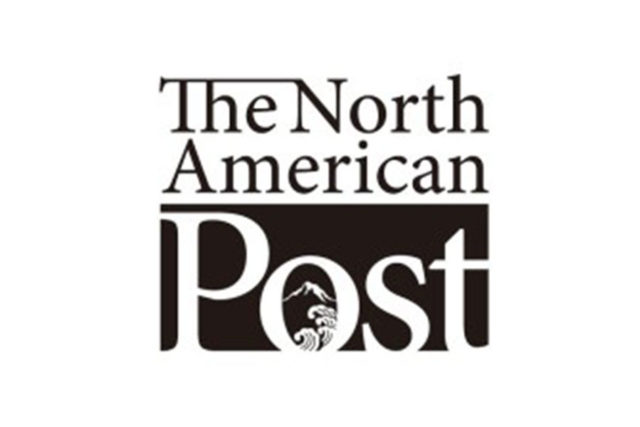By Deems Tsutakawa For The North American Post
As a young and energetic, up-and-coming musician in the decade of the Seventies, I, like most in my field, dreamed of getting a record deal with a major label. As it became apparent that this may not ever happen, I was more or less forced to start my own company, J-Town Records. My mantra regarding the music business was simply “the media dictates to the public who is important.” If you need recognition, then you have to be heard on the radio. This, of course, turned out to be an arduous task spanning several decades.
As far as I’m concerned, making albums is actually a ‘love/hate’ relationship. This was especially true back in the day. Unlike the digital computerized technology of today, there were virtually no at-home recording studios except for those of mega-rock stars who could afford them. The costs to rent a top-quality studio and hire an engineer were enormous. One roll of 24-track analog recording tape was about two hundred dollars and could only fit about one half of an album. You also needed to mix more tape. Based on the rate of inflation, tape costs would be over a thousand dollars. Good studios went for $500 per day and up. One could spend weeks recording as well. Of course, there were the mastering, manufacturing and shipping costs of vinyl albums.
Once a musician had a finished product, then came the marketing and distribution of these recordings — a lot of work to say the least.
For the most part, to make a great record, you need to capture a great performance. The thing about jazz records that most people don’t think about is that improvised music has a spontaneous quality whereas a recording is exactly the same every time you listen to it. Although one can get an exceptional performance on record over time, it loses the essence of the art form. That, my friends, is the rub.


